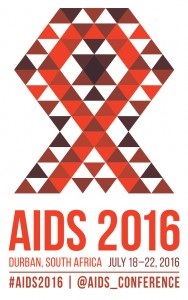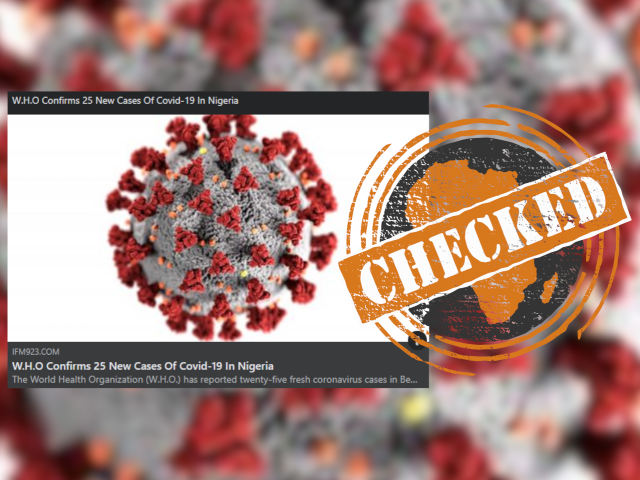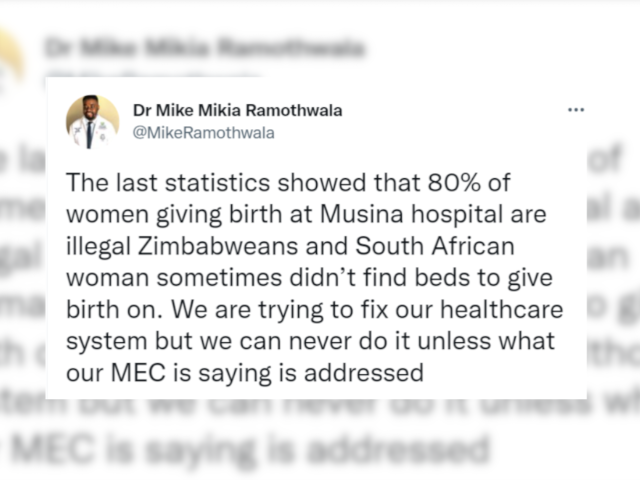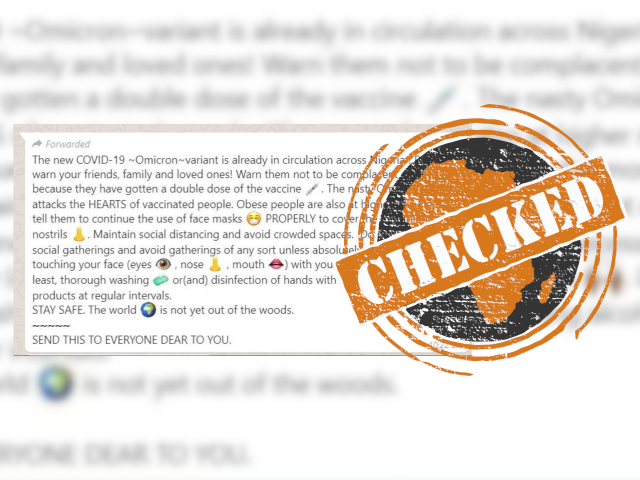Frequently asked questions about HIV/AIDS in South Africa
 When the international AIDS society first met in Durban 16 years ago they broadly focused on three issues: how to increase treatment to prevent pregnant mothers from passing the HIV virus to their unborn children, how to broaden access to treatment in general and also former President Thabo Mbeki’s controversial denial of the link between HIV infection and AIDS.
When the international AIDS society first met in Durban 16 years ago they broadly focused on three issues: how to increase treatment to prevent pregnant mothers from passing the HIV virus to their unborn children, how to broaden access to treatment in general and also former President Thabo Mbeki’s controversial denial of the link between HIV infection and AIDS.The denial prompted 5,000 scientists from around the world to publish the “Durban Declaration” that confirmed the overwhelming scientific evidence of the cause of AIDS. During the closing ceremony, Nelson Mandela reportedly spoke out against the South African government’s position on AIDS.
When the International Aids Conference returns to Durban next week the landscape will be entirely different from 2000, Mark Heywood, the director of advocacy organisation Section 27, told Africa Check.
While many more infected people are on antiretroviral treatment, those from marginalised groups - such as sex workers, drug users and migrants - are not.
“Although price is no longer as much of an issue now as it was then, we are fighting against intellectual property laws on essential medicines. These should be scrapped because medicine is a public good in our view,” Heywood said.
This and other advocacy goals are included in a “Roadmap to Durban” document circulated by the organisers of this year’s Durban conference. It includes ten broad target areas for global policymakers, health leaders, national politicians and advocacy partners, ranging from better information about latest trends in HIV treatment for nurses and doctors to ending the epidemic among women and girls living with HIV.
1. How many people are living with HIV?
South Africa’s national statistics agency, Statistics South Africa (Stats SA), estimates that 6.2 million people were living with HIV in 2015. This accounted for 11.2% of the population.
Figures for 2016, based on the mid year population estimates released by Statistics South Africa, show that the number of people living with HIV in 2016 is 7.02 million, making up 12.7% of the total population.
2. How many people are on antiretroviral treatment?
Around 3.4 million people are currently receiving antiretroviral therapy, according to the department of health’s spokesman, Joe Maila. However, the figure has yet to be presented in the department’s annual report.
The department’s 2014/15 annual report showed that there were 3,103,902 people receiving antiretroviral therapy at the end of March 2015.
South Africa’s department of performance monitoring and evaluation publishes quarterly updates on key departments. Its data showed that 3,138,056 people were on antiretroviral therapy in the quarter July to September 2015.
Maila told Africa Check that antiretroviral treatment is free in South Africa’s public health facilities.
With so many people on treatment, South Africa has by far the largest antiretroviral therapy programme in the world. However, the latest international comparison of the size of antiretroviral therapy programmes around the world is for 2014.
South Africa’s antiretroviral therapy programme was then nearly as large as India, Zimbabwe, Kenya and Uganda’s programmes combined.
READ: Yes, South Africa has the world’s largest antiretroviral therapy programme
3. How many babies are born HIV+ nowadays?
The 2000 Durban conference will be remembered for young AIDS sufferer Nkosi Johnson’s moving plea to that government provide antiretroviral treatment to pregnant women to prevent them from passing the virus to children like himself. He died in 2001.
In that year, South Africa started offering preventative treatment. The first year that we have reliable figures for the number of babies testing positive for HIV after birth is 2008, Professor Gayle Sherman, head of the Early Infant Diagnosis Unit at the National Health Laboratory Service, told Africa Check. Then it stood at nearly 10%.
Since then it has steadily dropped to the lowest mother-to-child HIV transmission rate. In 2014/15, 1.5% of babies born to women living with HIV testing positive for the virus when they were about six weeks old.
4. Who is most at risk of HIV exposure?
South Africa’s most recent population-level survey on HIV was carried out in 2012. It showed that six groups had a higher HIV prevalence than the national average, which stood at 12.2% then:
- black African women between 20 and 34 (HIV prevalence of 31.6%),
- people cohabiting (30.9%),
- black African males men between 25 and 49 (25.7%),
- people 15 years and older living with disabilities, including physical and sensory disabilities (16.7%),
- high-risk alcohol drinkers (14.3%) and
- recreational drug users (12.7%).
5. Is there a cure for HIV by now?
There is currently no licensed cure for HIV infection, scientific officer in the HIV Diversity and Pathogenesis lab at the University of Cape Town, Daniel Sheward, told Africa Check.
Sheward explained that the Human Immunodeficiency Virus enters cells of the immune system and becomes part of their genetic material - their genome - and remains there for months, even years. The integrated viral DNA then manipulates the host cell’s ability to make copies of itself. This prevents immune cells from quickly multiplying to attack infections.
As a result, people become more vulnerable to other diseases caused by bacteria or viruses. They then become sick and without further treatment often die of the infection.
A cure would likely either need to clear these infected cells or prevent the integrated viral DNA from ever becoming activated, Sheward said.
While there is no cure yet scientists have made some interesting discoveries that suggest ways of removing the virus from the body.
“But in only one instance is it believed that a sterilising cure has been achieved,” Sheward told Africa Check.
He was referring to the so-called “Berlin patient”, Timothy Ray Brown, who received a transplant of stem cells in 2014 that went on to become immune cells which were resistant to HIV.
In other cases, individuals were infected by the virus and it remained in the body but could not replicate and did not lead to AIDS, Sheward told us.
Currently, the most effective treatment is through antiretrovirals, though it is not a cure. Antiretrovirals are chemicals that are very small and can block the proteins that HIV needs to multiply within the body.
6. How many people are dying of AIDS every year?
The number of AIDS-related deaths is different to the number of deaths due to HIV as listed on death certificates - the document on which doctors write down the cause of death when someone dies.
The reason for this, as we explained in a previous report, is because doctors are not obliged to report an HIV death as such. Also, an infected patient usually dies of a secondary illness like tuberculosis, which makes diagnosing a death due to HIV difficult. As a result of this, HIV deaths are heavily underreported, with one study suggesting that up to 90% of deaths due to HIV were misattributed to other causes.
That is why Statistics South Africa typically refer to “AIDS-related deaths” rather than strictly looking at HIV deaths as recorded by death certificates. The agency uses data from antenatal clinics and the number of people on antiretroviral therapy to estimate the true number of AIDS-related deaths.
In 2016, Stats SA’s estimate was 135,154. This represented 26.4% of all deaths in 2016 or about 370 deaths a day.
READ: Was HIV only SA’s 9th leading cause of death in 2006? Why Mbeki’s claim is misleading
7. Why are so many people in SA infected with HIV?
“This is a very big question,” Professor Salim Abdool-Karim, the director of the Center for the AIDS Program of Research in South Africa (CAPRISA) told us. He and his team have studied this question extensively and published an article on the topic in the prestigious medical journal The Lancet. They will also be presenting new data at the Durban AIDS conference.
First, there are historical reasons going back to apartheid (including migrant labour), political factors (such as former president Mbeki’s denialism) and also social norms, such as young girls having sex with men much older than them.
And lastly, there is what Professor Abdool-Karim described as “a recent response that has been really good but needs to be better if it is to make up for lost time”.
Additional reporting by Kate Wilkinson & Anim van Wyk
Additional reading
Global factsheet on HIV
Has Jacob Zuma hurt the fight against AIDS more than Thabo Mbeki?
Does the carnage on South Africa’s roads claim more lives than AIDS and TB?




Add new comment